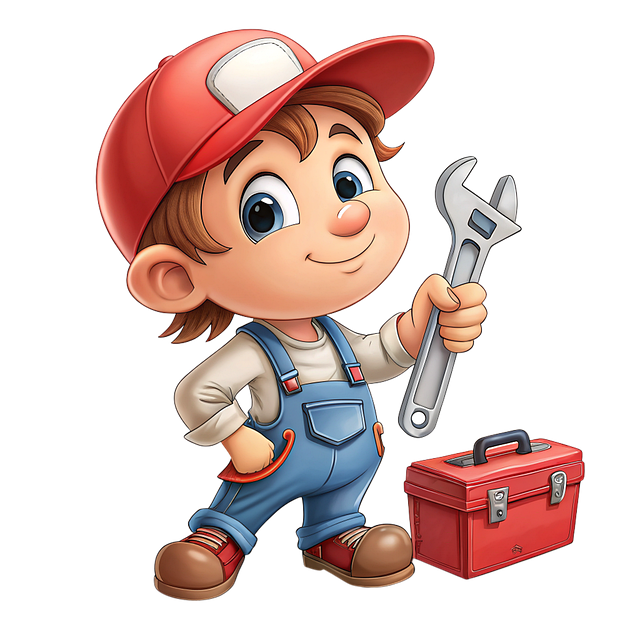Identifying common plumbing issues early through regular monitoring of unusual noises, water pressure changes, persistent leaks, rusted pipes, corroded fixtures, and mold growth can save you from costly repairs. For low water pressure, check for leaks, replace faulty fixtures, clean aerators and sediment filters; professional help may be needed for main supply line or city water pressure issues. Leaking pipes, usually due to worn-out seals or loose connections, should be promptly addressed by maintaining piping and replacing damaged components to prevent future problems.
In every home, plumbing problems are inevitable. From low water pressure and leaky pipes to clogged drains and burst tubes, these issues can cause significant disruptions and even severe water damage. Understanding common plumbing problems is the first step toward effective prevention and DIY solutions. This article guides you through ten frequent plumbing headaches, offering practical advice on what to do when faced with low water pressure, leaking pipes, or blocked drains. By mastering these simple fix-it tasks, you’ll save money and reduce stress—but remember, there’s always a line between DIY and professional help.
Identifying Common Plumbing Problems

Recognizing common plumbing issues is the first step in ensuring your home remains in good working order. From leaking faucets to clogged drains, these problems can range from minor inconveniences to significant damage if left unaddressed. Regular maintenance and prompt action when signs of trouble appear are key to preventing costly repairs.
Paying attention to unusual noises, changes in water pressure, or persistent leaks can help you identify common plumbing issues early on. Keep an eye out for rusted pipes, corroded fixtures, and mold growth near pipes, as these are clear indicators of potential problems. By staying proactive and familiarizing yourself with the typical symptoms, you’ll be better equipped to handle minor plumbing fixes yourself or know when to call in a professional for more complex repairs.
– Low Water Pressure

Low water pressure is one of the most common plumbing issues that homeowners face. It can be caused by a variety of factors, including leaks in the pipes, sediment buildup, or problems with the water pressure regulator. To troubleshoot this issue, start by checking for any visible leaks and replacing any faulty fixtures or pipes. If the problem persists, it may be due to a clogged aerator or sediment filter. Cleaning these components can often restore water pressure to normal levels.
In some cases, the issue might lie with the main water supply line or the city’s water pressure. Contacting a professional plumber is advisable if you’ve checked for leaks and cleaned necessary filters but the problem remains unresolved. They can perform more advanced diagnostics and make any needed repairs, ensuring your home receives adequate water pressure for efficient and effective plumbing operations.
– Leaking Pipes

Leaking pipes are one of the most common plumbing issues homeowners face. These leaks can range from small drips to significant gushes, causing water waste and potential damage to your property. Identifying the source of the leak is crucial in fixing the problem effectively. Often, leaks occur due to worn-out gaskets or seals, corroded pipes, or loose connections.
To address a leaking pipe, start by locating the affected area. Turn off the water supply to prevent further leakage while you work. Replace any damaged or old piping components with new ones, ensuring proper sealing for long-lasting fixes. Regular maintenance and prompt attention to leaks can significantly reduce the risk of more severe plumbing problems.
Understanding common plumbing problems like low water pressure and leaking pipes is the first step towards maintaining a well-functioning home. By promptly identifying these issues and employing simple DIY fixes, you can save time, money, and avoid further damage. Regular maintenance and knowing basic troubleshooting techniques are game changers in keeping your plumbing system in top shape.
